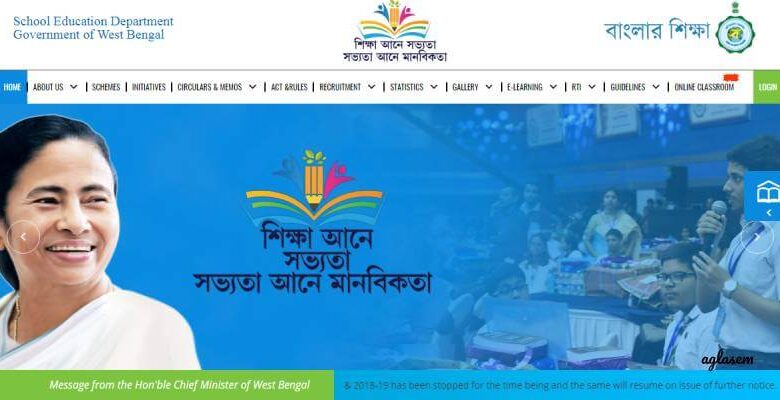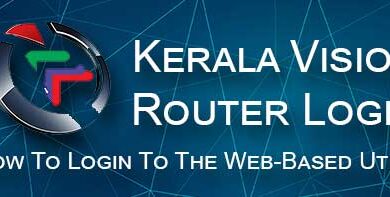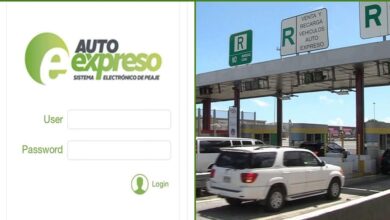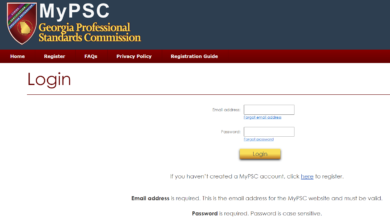Banglar Shiksha SMS Portal: Revolutionizing Education Management in West Bengal

Introduction
The Banglar Shiksha SMS Portal is an innovative digital initiative launched by the West Bengal School Education Department to streamline and digitize school-related data management and communication. It forms a vital component of the broader Banglar Shiksha Portal, which aims to create a centralized, transparent, and efficient educational ecosystem for the state’s government and government-aided schools.
Purpose of the SMS Portal
The SMS (School Management System) Portal was developed to automate and simplify administrative tasks for school authorities, teachers, and education officials. It allows real-time data entry, monitoring, and reporting of school activities, student attendance, academic performance, teacher records, and infrastructure details.
Key Features
- Real-Time Data Entry
Schools can update student enrollment, attendance, teacher attendance, and daily academic records directly into the portal on a regular basis. - Teacher Dashboard
Teachers can log in to view timetables, update lesson plans, and maintain class records digitally, reducing paperwork and administrative delays. - Student Monitoring
Student progress, attendance, and performance can be tracked over time, enabling early intervention and personalized academic support where necessary. - Infrastructure Management
The portal helps in recording infrastructure availability such as classrooms, libraries, toilets, and playgrounds, which supports data-driven decisions for development. - Government Monitoring
Education department officials can monitor school performance, teacher deployment, and resource allocation remotely through the portal.
Benefits
- Transparency and Accountability: Schools are required to update data daily or weekly, which promotes a transparent system and prevents data manipulation.
- Efficiency: It reduces manual data handling and speeds up the reporting process.
- Improved Governance: Helps policymakers make informed decisions based on accurate, up-to-date information.
- Support for Digital India Mission: Aligns with the national goal of digital transformation in governance and education.
How to Access
The Banglar Shiksha SMS Portal can be accessed through the official website:
👉 https://banglarshiksha.gov.in
Each school is provided with a unique school login ID and password. Teachers and staff can also use their individual login credentials to access relevant features.
Future Prospects
The SMS portal is expected to integrate with other digital education initiatives such as e-learning platforms, student scholarship tracking, and teacher training modules. With growing internet penetration and digital awareness, the Banglar Shiksha SMS Portal is set to become the backbone of West Bengal’s school education management system.
Conclusion
The Banglar Shiksha SMS Portal represents a significant step forward in modernizing school education management in West Bengal. By leveraging technology, it empowers educators, enhances administrative efficiency, and ensures better educational outcomes for students across the state.
FAQs on Banglar Shiksha SMS Portal
1. What is the Banglar Shiksha SMS Portal?
The Banglar Shiksha SMS Portal is a digital platform launched by the School Education Department of West Bengal to manage and monitor school-related data such as student attendance, teacher records, academic performance, and infrastructure in real-time.
2. Who can use the Banglar Shiksha SMS Portal?
The portal is primarily used by headmasters, teachers, school staff, and education department officials in government and government-aided schools across West Bengal.
3. What does “SMS” stand for in this portal?
In this context, “SMS” stands for School Management System, not Short Message Service.
4. How do I log in to the Banglar Shiksha SMS Portal?
You can log in by visiting the official portal:
👉 https://banglarshiksha.gov.in
Use your school-provided login credentials. Each school has a unique School ID, and teachers may have individual logins.
Also Read: Newztalkies.com: Is It the Best Daily Latest News Platform?
5. What information can be entered into the portal?
The portal allows entry of:
- Student attendance
- Teacher attendance
- Mid-day meal details
- Class routine and lesson plans
- Infrastructure status
- Academic performance and exam results
6. Is it mandatory to update data daily?
Yes. Schools are expected to update key data, such as attendance and academic progress, on a daily or weekly basis to maintain accurate records.
7. Can students or parents access the portal?
No, currently the portal is designed for use by school staff and administrators. However, student-related information is maintained internally and may be used to inform parents through other communication channels.
8. What should I do if I forget my login password?
In case of a forgotten password, you can use the “Forgot Password” option on the login page or contact your district or block education officer for assistance.
9. Can I access the portal from my mobile device?
Yes, the portal is accessible via mobile browsers. Some features may also be available through a mobile app if released by the education department.
10. What is the main objective of this portal?
The key objective is to digitize school operations, improve transparency, monitor academic progress, and support better decision-making at the government level.
11. Is there any training provided to use the portal?
Yes, the School Education Department often organizes training sessions and workshops for teachers and school staff to familiarize them with the portal’s features.
12. Whom should I contact for technical support?
You can reach out to the designated School Nodal Officer, Block Resource Centre (BRC), or the District Project Office for help. Some districts may also have dedicated helplines or email support.




